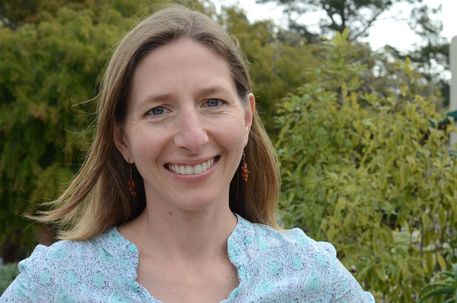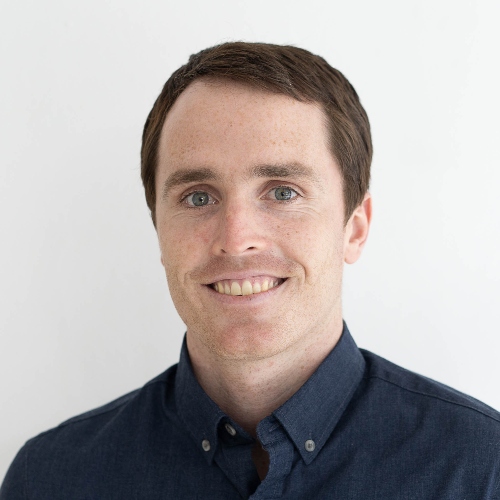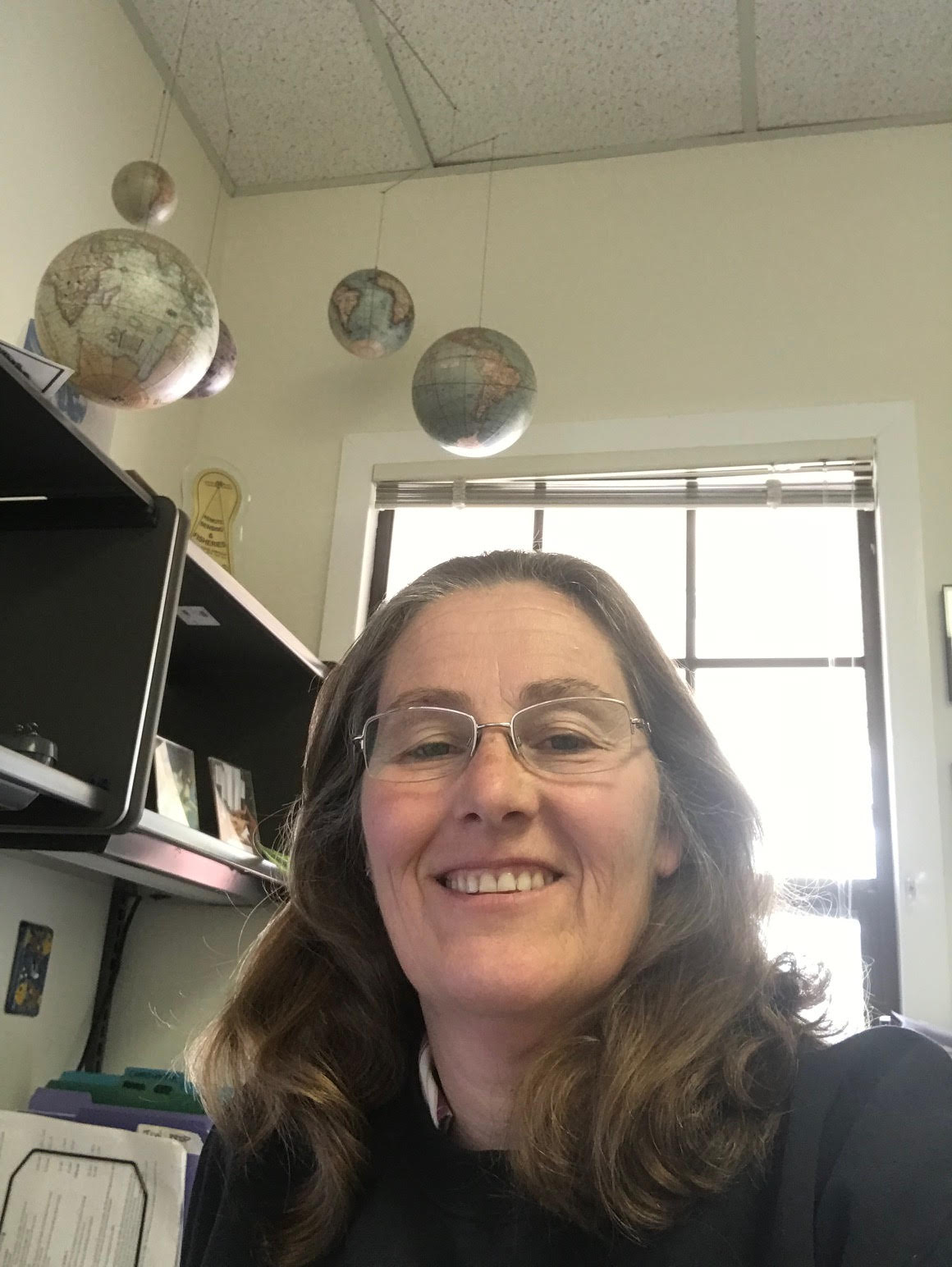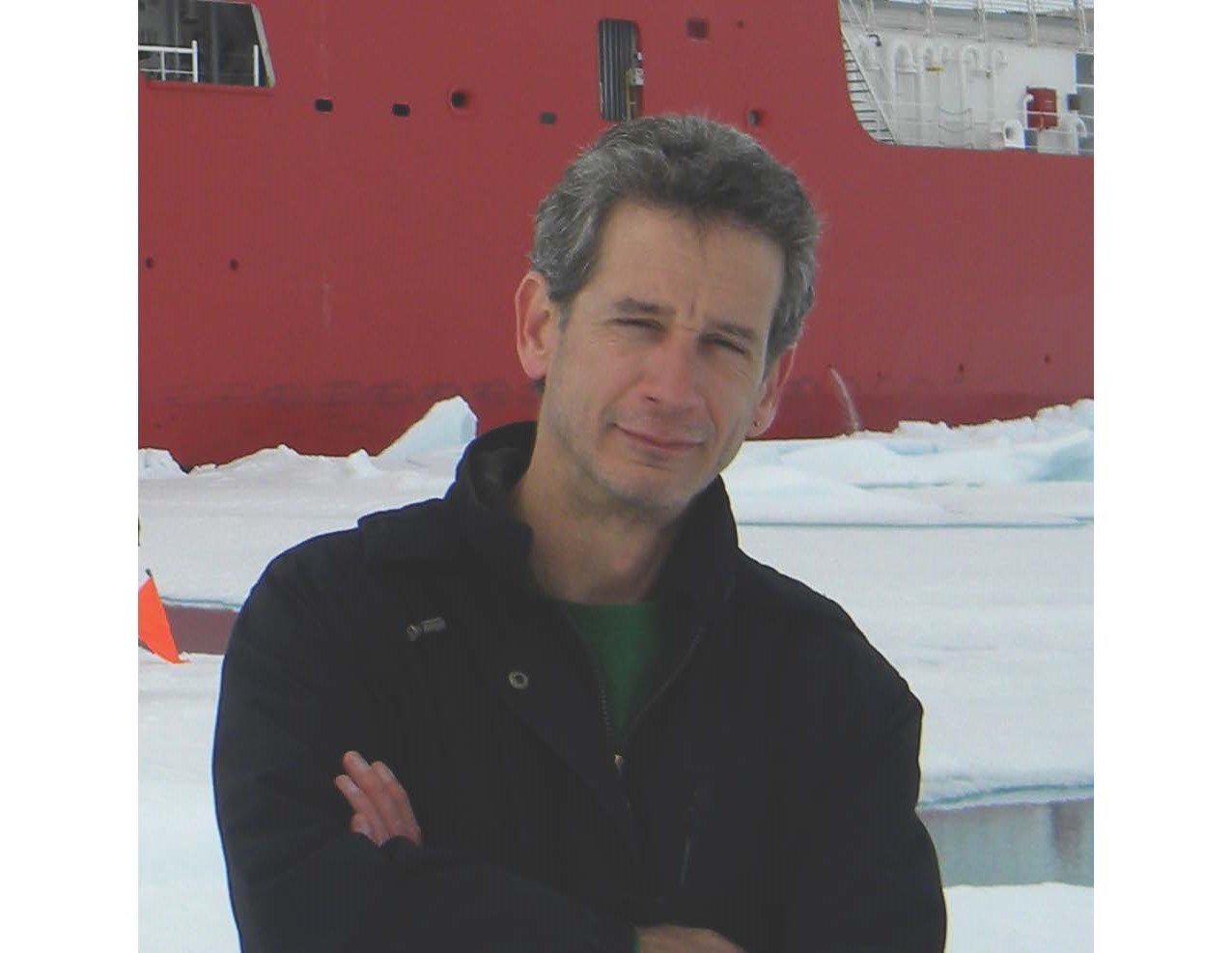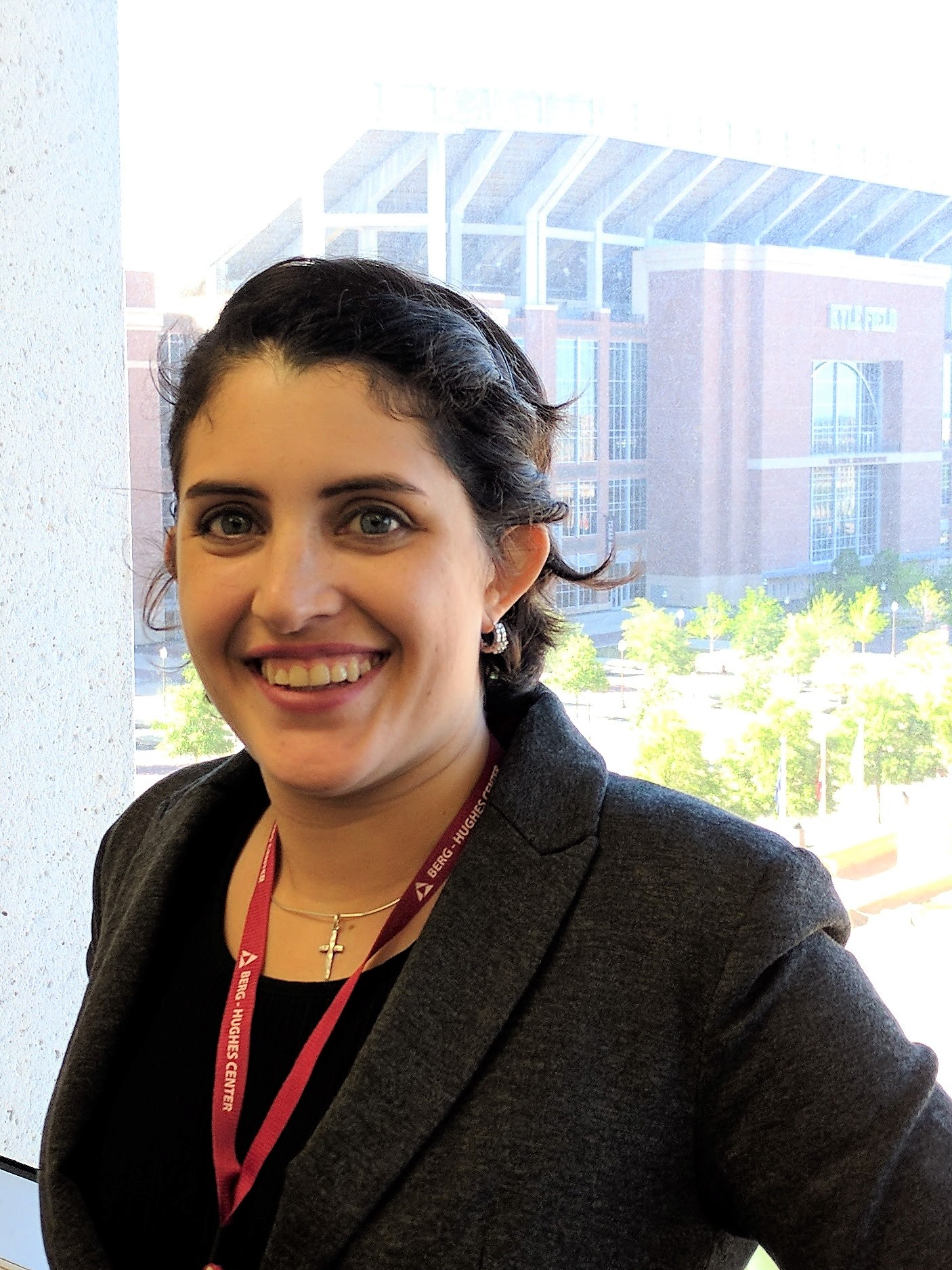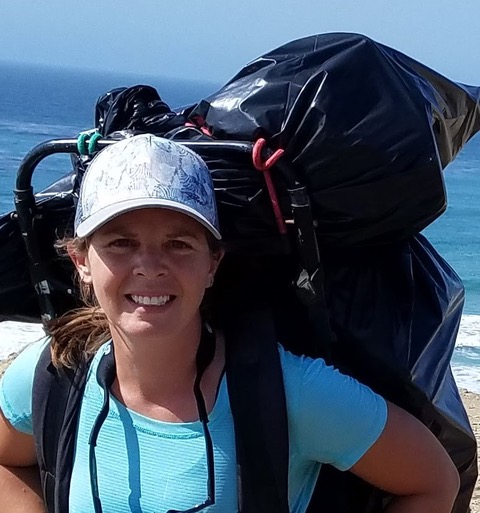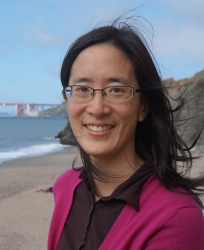Jim Harvey, MLML/SJSU
Presenting: "Research, teaching, and mentoring: Musings of a generalist optimist"
MLML Webinar| Month Day, Year at 4pm
Watch the Live Stream Here!
Director Jim Harvey, has taught at Moss Landing Marine Laboratories since 1989. Himself a 1979 graduate of the Moss Landing Masters program, he returned to chair the Vertebrate Ecology Lab after obtaining a Ph.D. in Oceanography (with minors in Wildlife Ecology and Statistics) at Oregon State University in 1987, and completing a NRC Postdoctoral Fellowship with NOAA’s National Marine Mammal Laboratory in Seattle, Washington, in 1989.
Dr. Harvey’s research interests include the ecology, morphology, and behavior of marine mammals, birds, and turtles; VHF/satellite-telemetry; marine mammal/fisheries interactions; vertebrate sampling techniques and experimental design; age and growth; population and trophic dynamics; and marine mammal stranding studies. His past research has included studies of population dynamics, food consumption, and behavior of harbor seals (Phoca vitulina); behavior of rehabilitated harbor seals released to the wild; use of acoustical deterrents in marine mammal/fisheries conflicts; radio-tagging gray whales (Eschrichtius robustus); and potential effects of toxic pollution on harbor seal health and reproduction. He was involved in the responses to a 1979 mass stranding of sperm whales (Physeter macrocephalus) on the Oregon coast, the 1988 entrapment of three gray whales in the ice near Barrow, Alaska, and the 1989 Exxon Valdez oil spill in Prince William Sound, Alaska.
Currently, Dr. Harvey’s research includes studies regarding feeding ecology of California sea lions (Zalophus californianus) and Pacific harbor seals (Phoca vitulina richardii); pinniped/fishery interactions; assessing natural and anthropogenic changes in populations of birds, mammals, and turtles in the Monterey Bay National Marine Sanctuary; and development of remote attachment and release mechanisms for data recorders on cetaceans, pinnipeds, and sea turtles.
Dr. Harvey serves on a federally-mandated Task Force devoted to sea lion/steelhead fisheries interactions at the Ballard Locks in Washington. He is a member of the Research Activity Panel for the Monterey Bay National Marine Sanctuary, the Reserve Advisory Committee for the Elkhorn Slough National Estuarine Research Reserve, and the Research Advisory Committee for The Marine Mammal Center.



